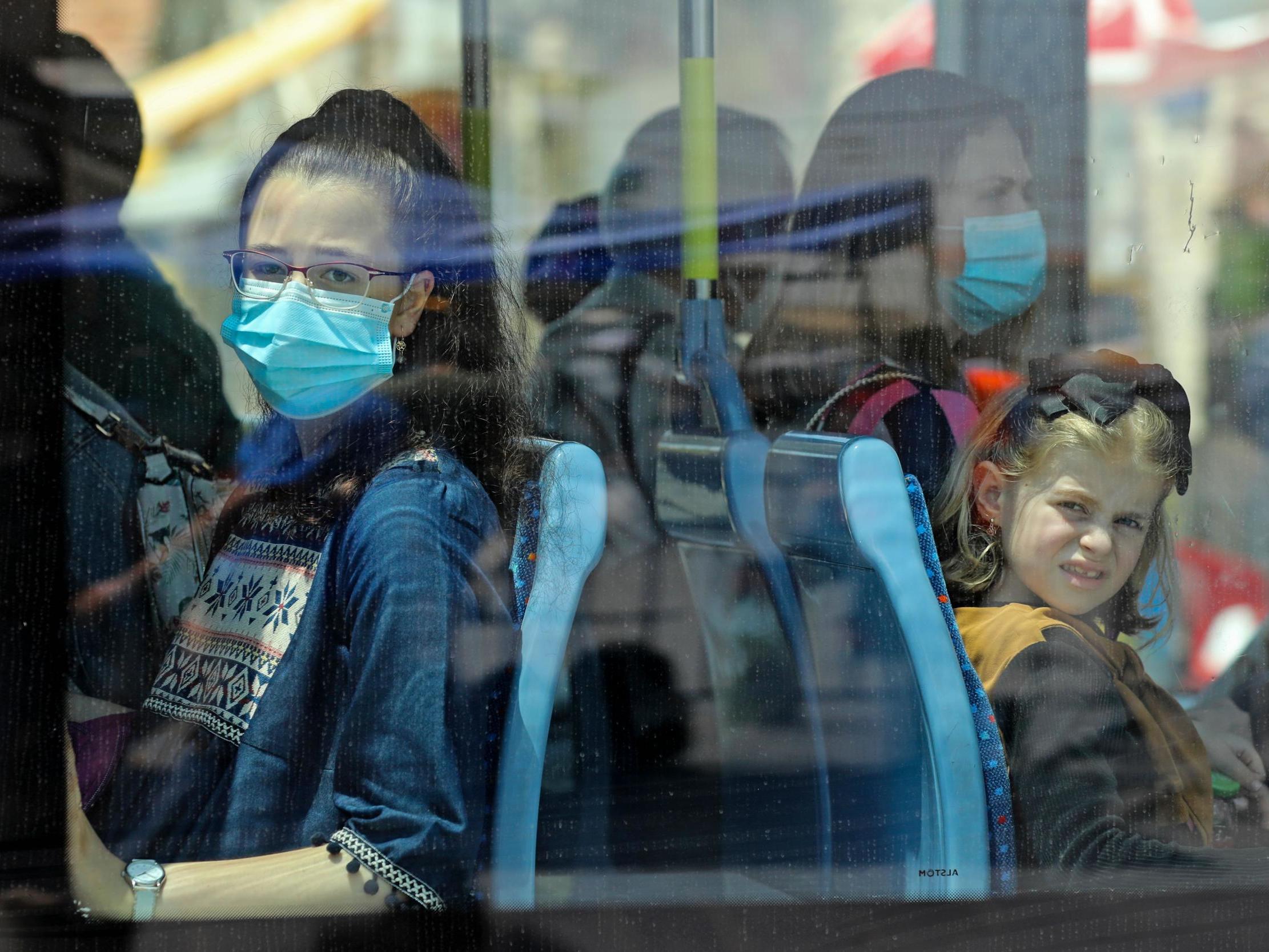Coronavirus: Train passengers at risk of catching disease within 8ft of an infected person
Sitting next to a sufferer gives you a 3.5 per cent chance of picking up virus, scientists find

Your support helps us to tell the story
From reproductive rights to climate change to Big Tech, The Independent is on the ground when the story is developing. Whether it's investigating the financials of Elon Musk's pro-Trump PAC or producing our latest documentary, 'The A Word', which shines a light on the American women fighting for reproductive rights, we know how important it is to parse out the facts from the messaging.
At such a critical moment in US history, we need reporters on the ground. Your donation allows us to keep sending journalists to speak to both sides of the story.
The Independent is trusted by Americans across the entire political spectrum. And unlike many other quality news outlets, we choose not to lock Americans out of our reporting and analysis with paywalls. We believe quality journalism should be available to everyone, paid for by those who can afford it.
Your support makes all the difference.Train passengers could be infected by coronavirus if they sit within 2.5m (8ft) of someone carrying the disease on a two-hour journey, according to research.
Scientists also found that social distancing of more than 1m (3ft 2in) is required to be safe when travelling for one hour.
The study was based on high-speed routes in China and conducted in collaboration with several organisations from the country, including the Chinese Academy of Sciences.
Analysis covering the spread of the virus between 19 December and 6 March found that an average of 0.32 per cent of passengers sitting within three seats across and five in front or behind an infected person caught the disease.
Passengers travelling in seats next to a sufferer had the highest chance of being infected, at 3.5 per cent.
The transmission rate for those on the same row was 1.5 per cent.
Lead investigator Dr Shengjie Lai said: “Our study shows that although there is an increased risk of Covid-19 transmission on trains, a person’s seat location and travel time in relation to an infectious person can make a big difference as to whether it is passed on.
“The findings suggest that during the Covid-19 epidemic it is important to reduce the density of passengers and promote personal hygiene measures, the use of face coverings, and possibly carry out temperature checks before boarding.”
The research, from the University of Southampton’s WorldPop project, was published in the journal Clinical Infectious Diseases.
WorldPop director Professor Andy Tatem said: “Our research is the first to quantify the individual risk of Covid-19 transmission on public transport based on data from epidemiological investigations of disease cases and their close contacts on high-speed trains.
“It shows that the transmission risk not only relates to the distance from an infected person, but also the time in their presence.
“We hope it can help to inform authorities globally about measures needed to guard against the virus and in turn help to reduce its spread.”
Face coverings are mandatory across all public transport in the UK.
Department for Transport guidance for public transport users states that if they cannot stay 2m apart from others, they should maintain a 1m gap “where possible” and take “suitable precautions” such as washing hands regularly and touching as few surfaces as possible.
Join our commenting forum
Join thought-provoking conversations, follow other Independent readers and see their replies
Comments